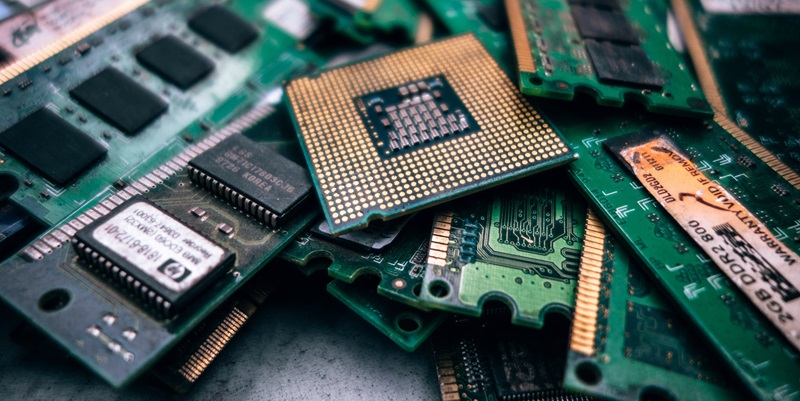In 2022, Dell made waves in the tech industry with its announcement of the groundbreaking CAMM standard for laptop memory. This game-changing innovation has now been certified as the official standard, poised to replace SO-DIMM. However, the excitement doesn’t end there. Recent statements from an SK Hynix representative at CES shed light on CAMM’s future expansion to desktop PCs, signaling a major shift in the industry.
Expansion to Desktop PCs
During the CES event in Las Vegas, a representative from SK Hynix revealed that CAMM would eventually be incorporated into desktop PCs. This information ignited excitement among tech enthusiasts and industry professionals. It is worth noting that integrating CAMM into desktops would require a complete redesign of component layouts, as these modules are thin and flat. Considering the widespread use of ATX motherboards in desktop PCs, accommodating CAMM modules presents an intriguing challenge.
Challenges and Limitations
While the potential for CAMM’s integration into desktops is undeniably exciting, it comes with its fair share of challenges. The thin and flat form factor of CAMM modules could limit the number that can be installed on an ATX board, potentially impacting overall memory capacity. The adoption of CAMM2 as the second iteration of the spec for desktops is intended to address these challenges, but further details and specifications are eagerly awaited.
CAMM and DDR5
JEDEC, the organization responsible for developing semiconductor standards, has indicated that CAMM2 is specifically designed for DDR5 memory. It is worth noting that while DDR5 is currently gaining traction, it is expected to be replaced by DDR6 around 2025. This suggests that the mainstream appearance of CAMM in desktop PCs may coincide with the arrival of DDR6 as manufacturers seek to align their technologies. One limitation of the previous SO-DIMM standard, particularly in relation to DDR5 memory, is that it reached its maximum speed at DDR6-6400. CAMM could potentially overcome this limitation and offer higher speeds and improved performance.
The Advantages of CAMM
Despite the excitement surrounding CAMM’s expansion to desktop PCs, specific advantages over vertical DRAM sticks are still not entirely clear. To fully comprehend the benefits CAMM offers, it will be crucial to reveal further information and conduct thorough comparisons between the two memory formats. However, with CAMM’s potential to revolutionize laptop memory and now extend its reach to desktops, it undoubtedly holds promise for increased performance, improved energy efficiency, and an enhanced overall user experience.
Dell’s CAMM standard for laptop memory continues to make waves in the world of technology. Its certification as the official standard and potential expansion into desktop PCs heralds a new era of memory architecture and innovation. While challenges exist, such as component layout redesign and memory capacity limitations, the industry eagerly anticipates the arrival of CAMM. With JEDEC’s claim that CAMM2 is designed for DDR5 and the transition to DDR6 on the horizon, the integration of CAMM into desktops promises to deliver high-speed, efficient, and cutting-edge memory solutions. As more information emerges, the true potential of CAMM for desktop PCs will come into focus, setting a new benchmark for the industry and shaping the future of computing.

